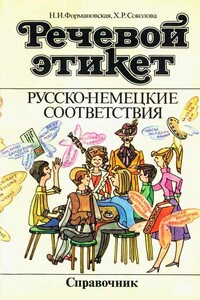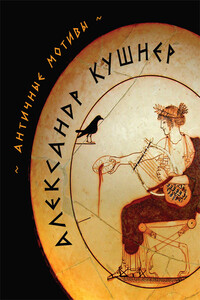1. In a dc machine, as a matter of fact, the ac is flowing in the armature winding. However, in dc generators this current is rectified by the commutator & is supplied to the line. In dc motors the commutator perform the opposite conversion.
2. To make clear A.C. to D.C. conversion in the commutator machine, consider first the operation of an elementary a.c. machine. Assume that it works as a generator. The magnetic system of the machine comprises two poles N & S, stationary in space. They create a magnetic flux of constant magnitude. In the space between the N-S poles an armature is inserted, with a turn of wire bn its periphery in the diametrical plane. Let us bring the armature into rotation with constant speed. Suppose that along the entire active length of a conductor, i.e. that part which cuts the lines of the magnetic field, the magnetic flux density is of constant value. If v is the rotation speed of the conductor in relation to the magnetic field then, according to Faraday’s taw of electromagnetic induction, the instantaneous emf induced in the conductor with armature in motion is determined by the formula: E— BLV
3. For giver) conditions /l=cdtist, v=const/, the cHange in emf induced in the conductor with time is completely defined by the magnetic flux density distribution under the pole. The distribution of magnetic flux density /В/ under the poles of a workable machine is of a complex nature. But using the Fourier method of analysis & after expanding the periodic functions into a series of harmonic components it is possible to separate the first of fundamental harmonic. It may then be assumed that the magnetic flux density under the N & S poles is Sine-wave distributed. In this case the emf induced in the conductor varies with time also as a Sine-wave function. The direction of the induced emf may be easily determined by the so-called right-hand rule.
4. Applying this rule to conductor it may be seen that an emf induced there changes its direction twice for each revolution of armature. The time T, during which one complete variation of emf takes place, is called the emf cycle. The number of cycles per one second iscalled the frequency & is measured in cycles per second. If we consider the general case, when a machine has p pairs of poles, the frequency of the induced emf increases in proportion to p, i.e., f=pn/60 where n is the rotational speed measured in revolutions per minute /rpm/.
5. To rectify the current in the external circuit, the machine is furnished with a special device called the commutator which functions as follows: The ends of the turn are connected to two copper segments - bars of the commutator, insulated from each other & from the shaft. It is necessary to arrange the brushes so that the emf induced in the turn is zero at the instant when the brush passes over from one bar to another. In this case the current in the external circuit will flow in one direction. The induced alternating emf in the turn & the corresponding ac are rectified into a pulsating emf & a pulsating current at the brushes & in the external part of the circuit. The emf pulsations may be smoothed out if a-multi-conductorwinding specially arranged on the armature & conne'cted to the commutator is used.
Задания на расширение лексико-грамматического материала основного текста
39. / 20 мин./ Парно-групповая работа. Обсудите тему “Электродвигатели постоянного тока”. Осветите, в частности, их типы, характеристики, конструктивные особенности и применение.
40. / 20 мин./ а) В следующем диалоге между наставником и практикантом даны только реплики практиканта /А/. Мысленно: обращаясь к изученному материалу, воспроизведите реплики наставника /В/ и запишите их в тетрадь, б) Используя записи реп-? лик наставника, воспроизведите реплики практиканта, в) Работая в парах, воспроизведите полностью диалог по памяти.
A: I’m sorry, sir, but would you like to help me?
B: Well, I’m listening to you.
A: You see, I’ve some difficulties in distinguishing all these types of dc motors. Can you tell me what types of dc motors; depend on?



